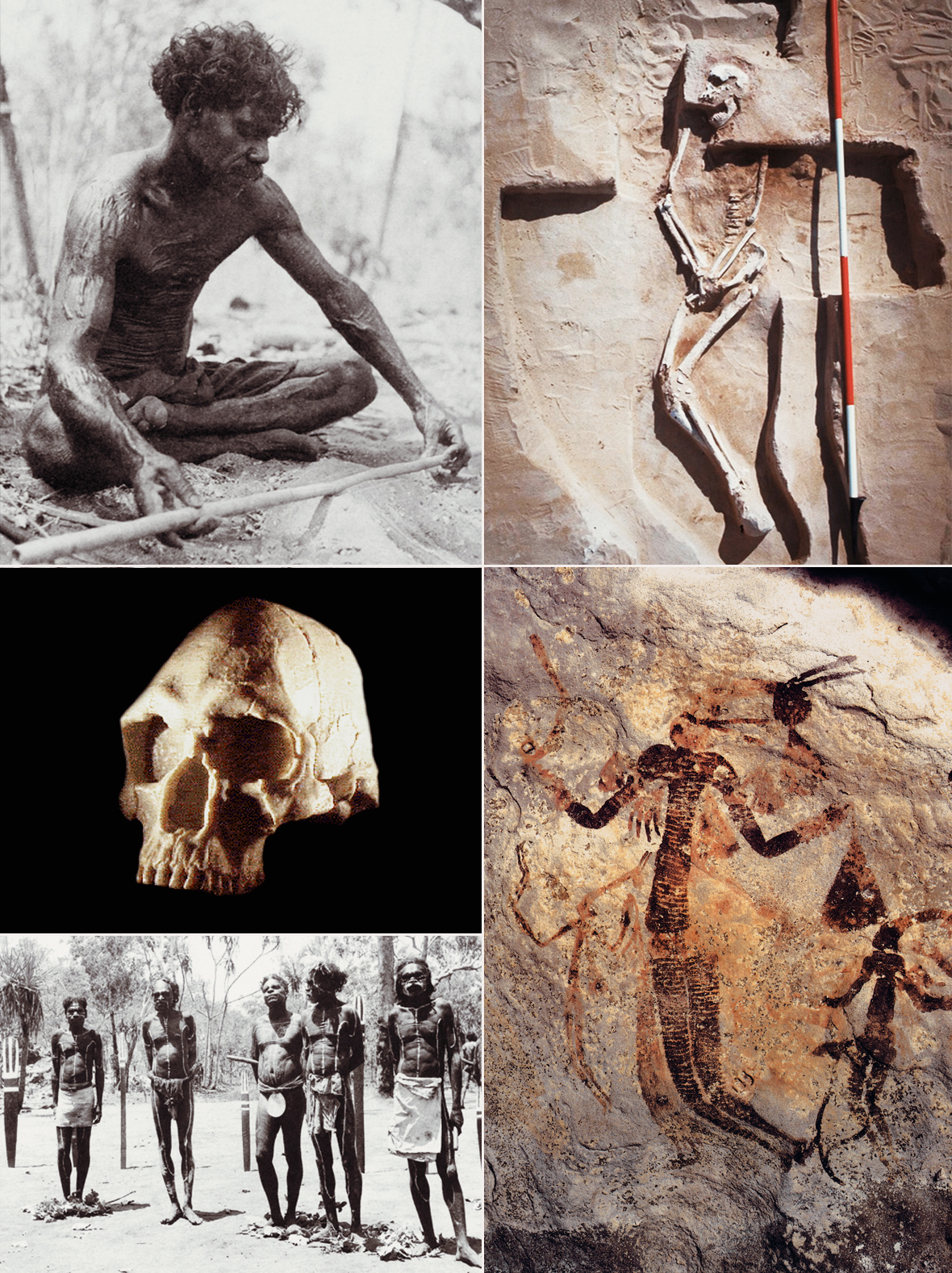



The work refutes an earlier landmark study that claimed to recover DNA sequences from the oldest known Australian, Mungo Man. This earlier study was interpreted as evidence that Aboriginal people were not the first Australians, and that Mungo Man represented an extinct lineage of modern humans that occupied the continent before Aboriginal Australians.
Scientists from Griffith University's Research Centre for Human Evolution (RCHE), recently used new DNA sequencing methods to re-analyse the remains of Mungo Man from the World Heritage listed landscape of the Willandra Lakes region, in far western New South Wales. Professor Lambert, from RCHE, said it was clear that incorrect conclusions had been drawn in relation to Mungo Man in the original study.
Lambert stated that the sample from Mungo Man which they retested contained sequences from five different European people suggesting that these all represent contamination. At the same time they re-analysed more than 20 of the other ancient people from Willandra. They were successful in recovering the genomic sequence of one of the early inhabitants of Lake Mungo, a man buried very close to the location where Mungo Man was originally interred.

The research was planned and conducted with the support of the Barkindjii, Ngiyampaa and Muthi Muthi indigenous people.
If genomic technology can decode an ancient mitochondrial genome sequence from an Aboriginal person who lived before the arrival of the Europeans, this will certainly shed light on the prehistoric art of Australia such as the Gwion Gwion paintings of the Kimberley. As dating techniques become more and more accurate, the age of the Gwion Gwion rock art will come into focus, perhaps confirming that it is the world’s oldest figurative art.
→ Subscribe free to the Bradshaw Foundation YouTube Channel
→ Australia Rock Art Index
→ Introduction to the Australia Rock Art Archive
→ Rock Art of the Kimberley
→ Dating the Rock Art of the Kimberley
→ Australia's Oldest Known Rock Art
→ Film - Griffith University's Laureate
→ ABC Radio National 'Nightlife'
→
Experts rush to map fire-hit rock art
→ The aftermath of fire damage to important rock art at the Baloon Cave tourist destination, Carnarvon Gorge, Queensland, Australia
→ Studying the Source of Dust
→ Rock Art of Western Arnhem Land
→ Australia's Aboriginal People
→ The Kimberley
→ Out in the Back Country - Hugh Brown
→ Bradshaw Foundation
→ Rock Art Network













